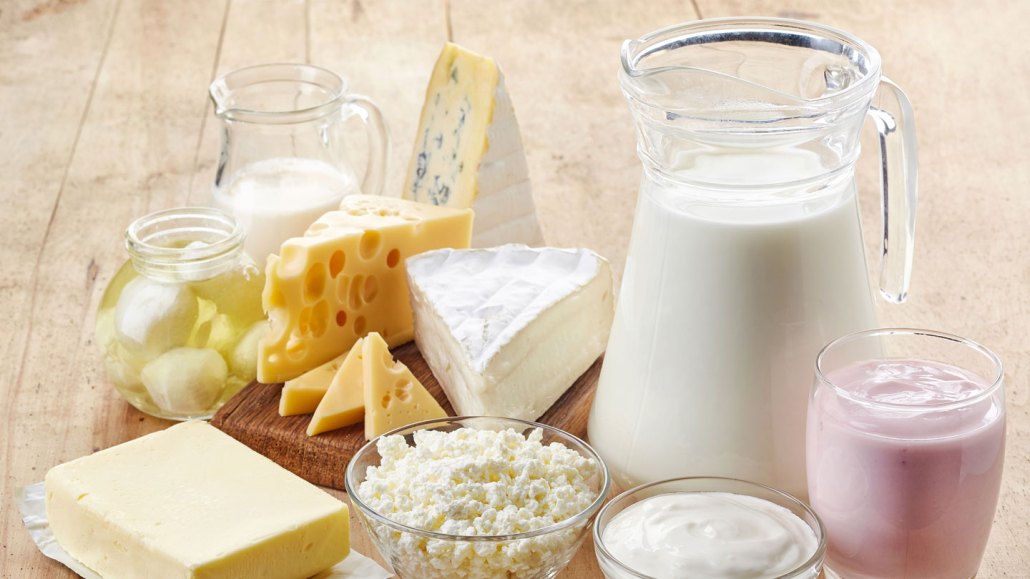Let’s learn about useful bacteria
These mighty microbes do everything from helping digest our food to making cheeses and producing medicines

If you enjoy dairy products like yogurts and cheeses, thank bacteria! These microbes play a key role in creating those foods.
baibaz/iStock / Getty Images Plus
Share this:
- Share via email (Opens in new window) Email
- Click to share on Facebook (Opens in new window) Facebook
- Click to share on X (Opens in new window) X
- Click to share on Pinterest (Opens in new window) Pinterest
- Click to share on Reddit (Opens in new window) Reddit
- Share to Google Classroom (Opens in new window) Google Classroom
- Click to print (Opens in new window) Print
When you read the word “bacteria,” what’s the first thing that comes to mind? Maybe germs or sickness. That would be fair — some bacteria can infect people and make them ill. But most bacteria are not harmful. In fact, these one-celled creatures perform many useful jobs almost everywhere on Earth.
For instance, species of bacteria that live in our guts help us digest food. Bacteria in soil help break down dead plant and animal matter to recycle nutrients. And ocean-dwelling bacteria gobble up climate-warming greenhouse gases.
Humans have long harnessed the power of bacteria for various purposes. These microbes give cheeses and sourdough breads their distinct flavors. Some bacteria can even be used to produce medicines. Certain bacteria could also clean up pollution, store energy and build super strong materials. Not to mention, bacteria would be good allies in the event of a zombie apocalypse.
So, please do continue washing your hands to keep them free of harmful bacteria. But remember that many of the world’s mighty microbes are friends, not foes.
Want to know more? We’ve got some stories to get you started:
Bacteria give some cheeses their distinct flavors Linking types of bacteria to specific flavors could help cheesemakers tweak their products — or even develop new cheese flavor. (3/1/2023) Readability: 7.9
Genes point to how some bacteria can gobble up electricity Researchers hope to harness this microbial superpower to store energy or make biofuels. (12/10/2021) Readability: 7.7
Bacterial ‘living wires’ could help protect the seas and climate A long, thin microbe could help clean up oil spills and reduce emissions of methane (12/1/2022) Readability: 7.7
Explore more
Bacteria are all around us — and that’s okay
Bacteria and bugs will save us from the zombie apocalypse
Analyze This: This material for 3-D printing is made by microbes
Nom, nom! These bacteria eat antibiotics for lunch
Bacteria make ‘spider silk’ that’s stronger than steel
This ‘living’ concrete slurps up a greenhouse gas
Activities
Because we need certain types of bacteria in our bodies to stay healthy, some food producers add these microbes to yogurt and other dairy products. If you ever see packaging that says a food contains “living culture,” that means it has live bacteria inside. But bacteria are too small to see with the unaided eye — so how can you tell if they’re really in there? Try this experiment from Science Buddies to take a closer look at the microbes living in your fridge!
Do you have a science question? We can help!
Submit your question here, and we might answer it an upcoming issue of Science News Explores







